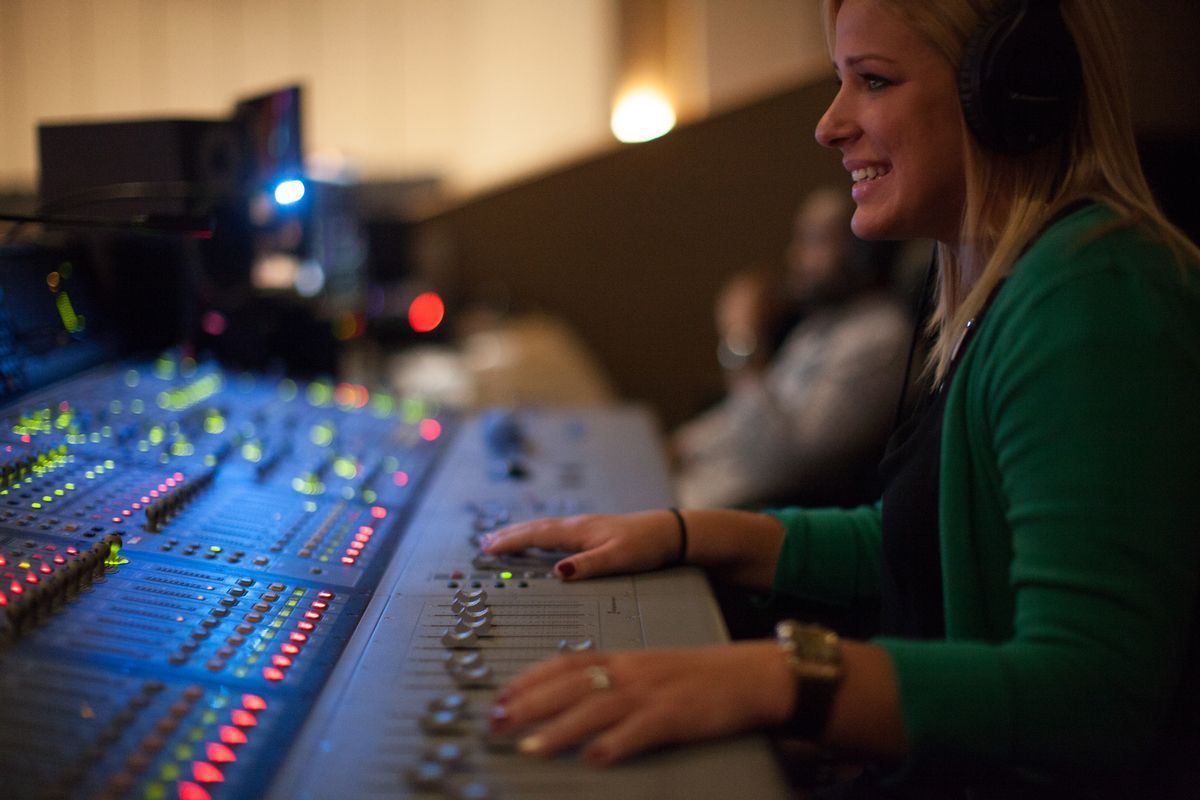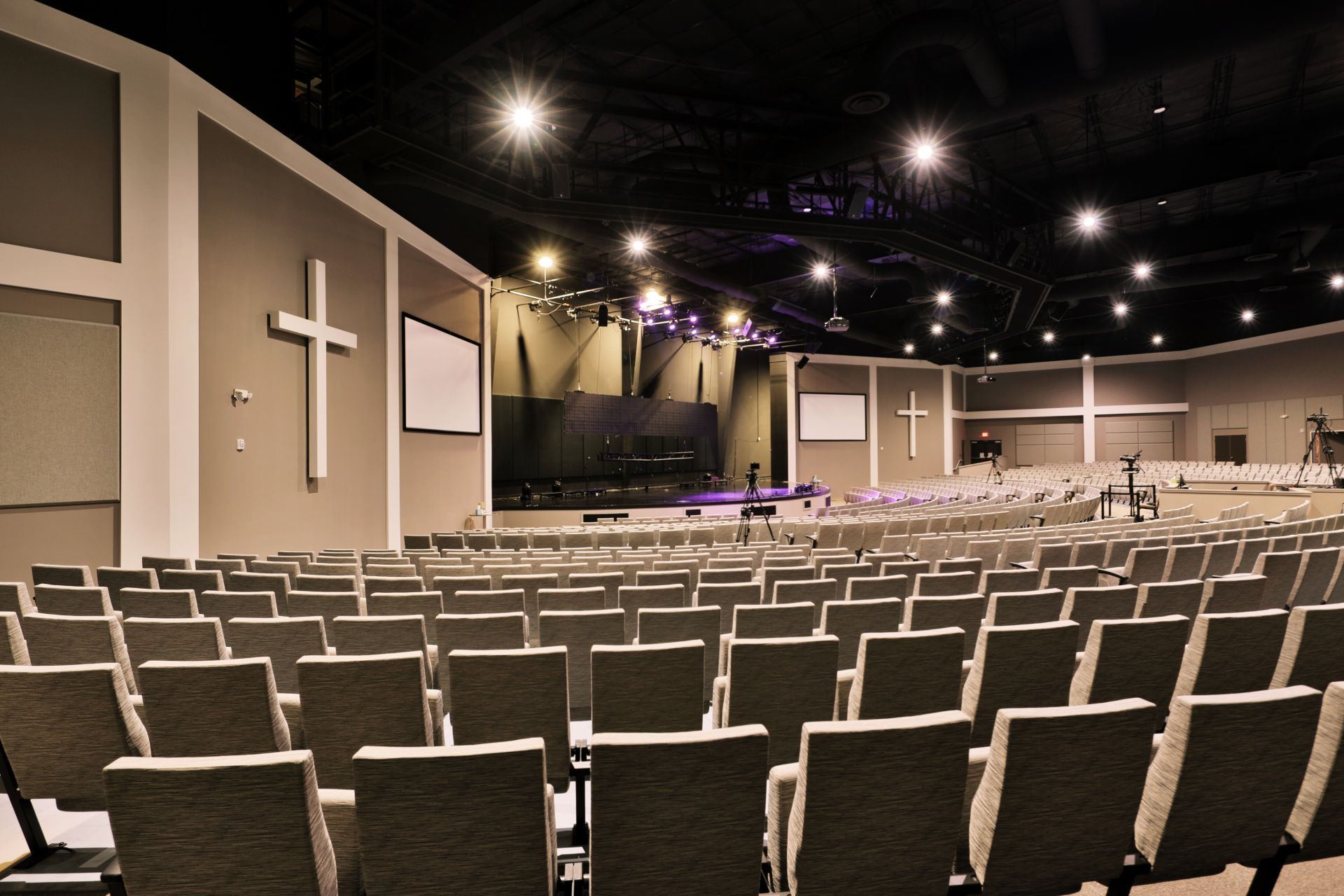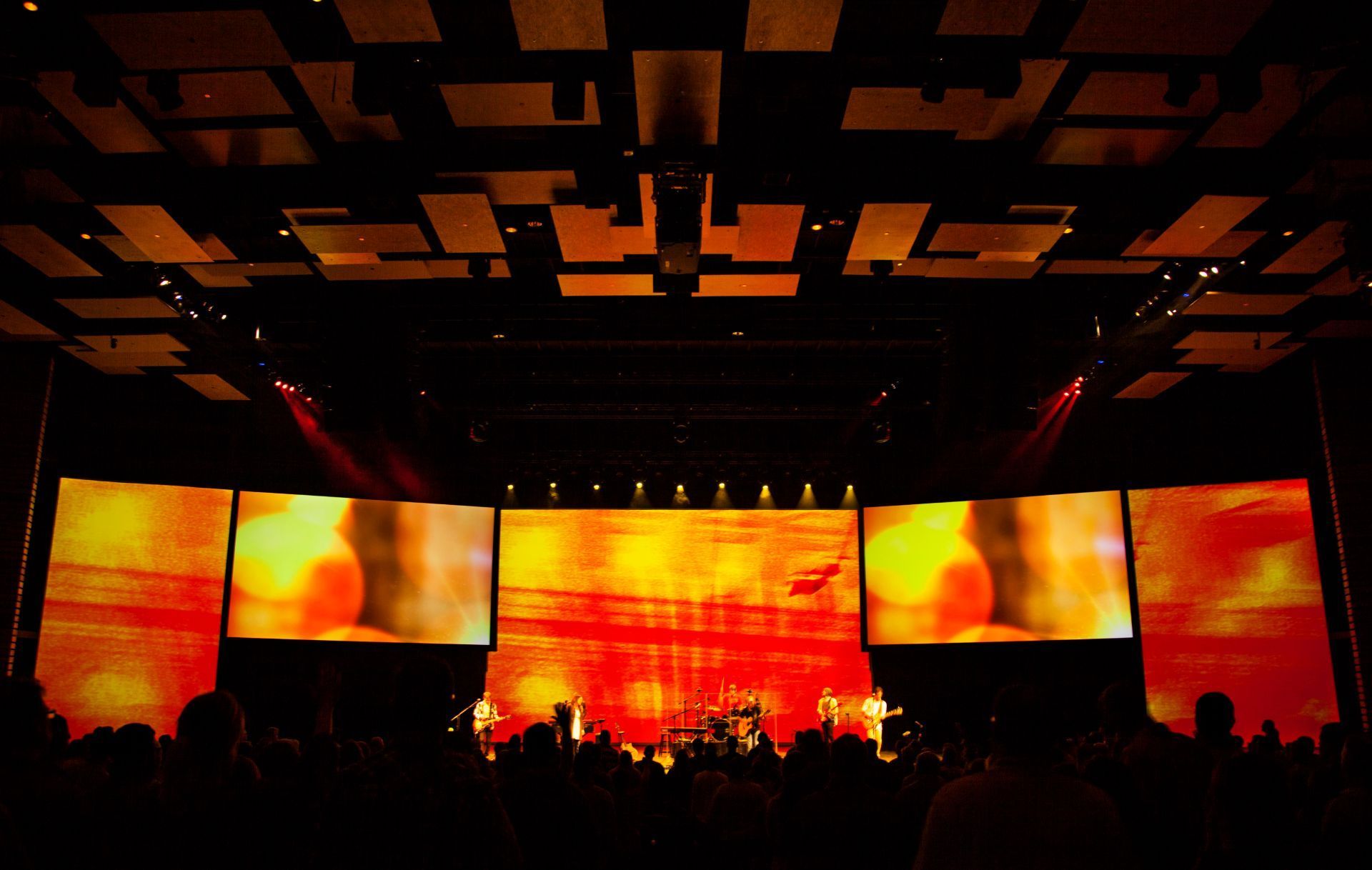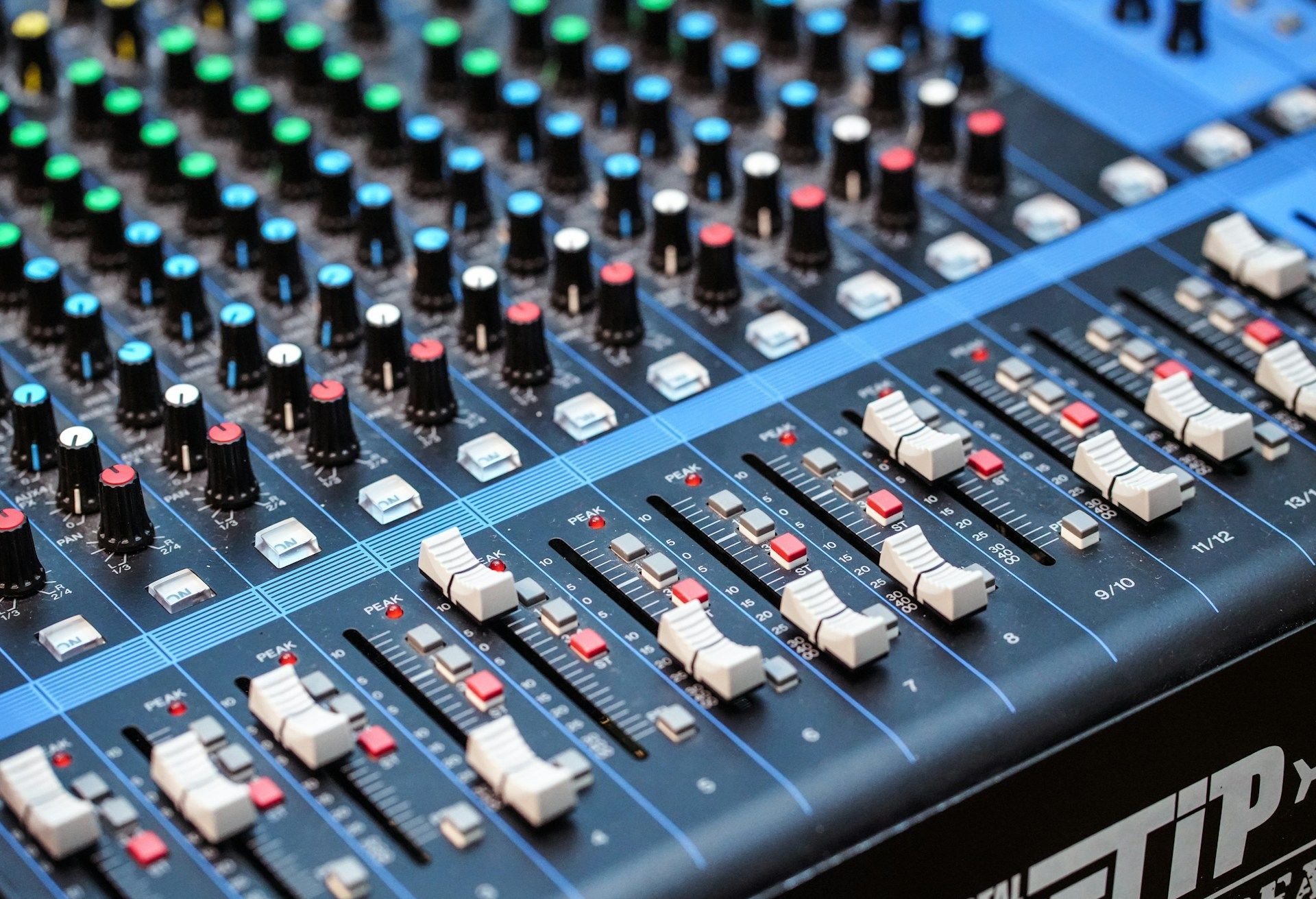The Significance of Acoustic Solutions in Worship Spaces
In the world of worship spaces, we're not just talking about making sure everyone can hear the pastor's sermon. It's about creating an environment where every word, note, and harmony can be heard clearly, enhancing the spiritual experience for everyone.
Sound design in worship spaces is a blend of art and science, understanding how sound waves interact with different materials, how they bounce off walls and ceilings, and how to control them effectively. It's about creating a space that feels intimate and personal, no matter how large or small it may be.
So, let's dive into the fascinating world of acoustic solutions for worship spaces and explore why it's so important to get it right. From understanding the basics of acoustics to the impact of architectural design on sound to the latest advances in sound technology, we'll cover it all.
The Role of Acoustics in Spiritual Environments
In any spiritual or worship environment, the primary focus is creating an atmosphere conducive to prayer, reflection, and connection with the divine. Achieving an optimal balance of various audio elements, including volume, clarity, and tone, is crucial to deliver an immersive and impactful experience for the congregation.
Acoustics play a vital role in allowing the spoken word and music to resonate with worshippers, helping them to connect with the message being shared and fully participate in the service.
Understanding the Challenges of Acoustic Design in Worship Spaces
1. Architectural Complexity
Worship spaces often boast unique architectural designs, ranging from traditional cathedrals with high ceilings, stained glass, and reverberant surfaces, to contemporary churches with open floor plans, asymmetrical walls, and advanced audio-video-lighting technologies. These varying architectural elements pose significant challenges to achieving optimal acoustics. It is crucial to work with experienced professionals who can evaluate your specific environment and address the acoustic issues that may arise.
2. Diverse Acoustic Needs
Services in worship spaces can range from intimate, quiet prayers to high-energy worship music. It is essential to find an acoustic solution that accommodates the wide range of activities and performance styles typically found in these environments. A well-designed sound system will provide the flexibility and adaptability needed to create an ideal acoustic experience, no matter the event or service.
3. Noise Isolation and Soundproofing
One common issue in worship spaces is the need for effective noise isolation and soundproofing. External noise pollution, such as traffic, construction, or even conversations in adjacent rooms, can detract from the spiritual atmosphere and focus experienced during worship. Proper acoustic design and insulation will help to minimize these disturbances, ensuring that only the intended sounds reach the audience's ears.
Strategies for Effective Acoustic Design and Sound Management
1. Assessing Your Worship Space
Before implementing any changes or upgrades, it is crucial to conduct a comprehensive evaluation of your worship space. This includes measuring the room's dimensions, analyzing the architectural features, identifying any existing acoustic issues, and testing the performance of your current sound system. An acoustic consultant can work closely with you during this process to provide invaluable insights and expertise.
2. Balancing Reverberation and Absorption
In a worship space, both reverberation and absorption are essential to achieve the desired acoustic experience. Reverberation, or the natural prolongation of a sound in the environment, can add richness and depth to musical performances. However, too much reverberation can make speech difficult to understand. To strike the right balance, it is important to carefully select and use materials that will absorb or diffuse sound as needed, such as acoustic panels, curtains, and carpets.
3. Installing the Right Sound System
To provide an optimal sound experience for your congregation, it is essential to invest in a high-quality sound system. This includes selecting the appropriate microphones, speakers, amplifiers, and mixers, positioning them correctly, and ensuring user-friendly controls. Professional audio designers can help guide you through this process and provide expert recommendations.
4. Regular Maintenance and Calibration
Maintaining the peak performance of your acoustic and sound management solutions is critical to delivering a consistent, high-quality worship experience. This includes regularly calibrating your sound system, inspecting and repairing any damaged components, and staying informed on the latest developments in audio technology.
An Ongoing Commitment to Acoustic Excellence
Prioritizing and investing in acoustic solutions and proper sound design is essential for any worship space. As your congregation's needs and expectations evolve, it’s vital to maintain a commitment to acoustic excellence.
Remember, the impact of sound design in a church environment should never be underestimated. Reach out to us at AE Global Media, and let our experienced team help you create the most immersive worship experience possible!











